An Unexpected Japanese Classic: The Honda Mobilio
Posted on Mar 16, 2021 in Editorials | 1 comment
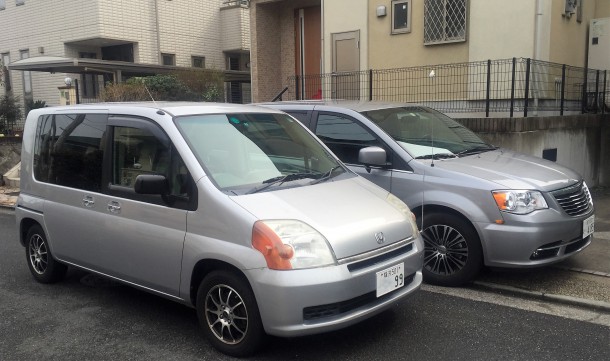
It wasn’t supposed to be like this.
The Town & Country I worked so hard to import into Japan was supposed to be my wife’s. I had planned to buy whatever I wanted and, although I hadn’t quite decided on what that was going to be, classic Japanese iron was on my mind. The second-generation Toyota Soarer and the ’90s-era Toyota Celica GT-Four were leading candidates. I was having fun considering other options, too.
A second minivan, however, was not among them.
It was the drive home from the wharf that burst my happy little bubble. The T&C which had been so at home, blasting back and forth across the sun-baked American West, felt ponderous and out of place cruising along the darkened, rain-soaked Japanese expressway. My feelings worsened when I dropped down onto surface streets. It was wide, I realized, and there was simply no margin for error. There was no way my wife could handle it. And so, with visions of my beautiful van scraped and skinned from stem to stern, I decided a change of plan was in order.
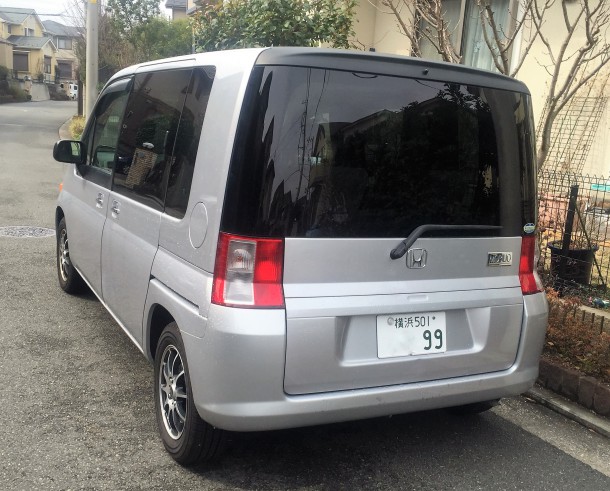
With groceries to get and kids to haul, my retro-cool aspirations were immediately crushed. What we really needed was something small, good around town and that could haul five people. I knew from experience that sliding doors were a must and, after choosing not to look at the tiny 660 cc Kei cars because I have real concerns about their safety, we were left with just a couple of possible options: the Toyota Sienta and the Honda Moblio/Spike. I was still pondering the possibilities when a 2002 Honda Mobilio popped up on a local website for just $1,800. Naturally, I jumped on it.
Equipped with a 1.5-liter engine and a continuously variable transmission, the Honda Mobilio is basically a seven passenger minivan built onto the chassis of the well-received Honda Fit. Part of Honda’s “Small-Max” series, it is designed for maximum utility and space, and offers an interior that can be reconfigured as needed. Dual sliding rear doors provide easy access to a center row bench seat that could, in a pinch, hold three small people (sans car seats). Behind that, a pair of jump seats, which are accessed with some difficulty and that are really only suitable for small children, can fold flat against the floor and tuck under the center row. Up front, the seating is fine for my six-foot-one-inch frame and the low window sills and broad windshield provide good visibility.
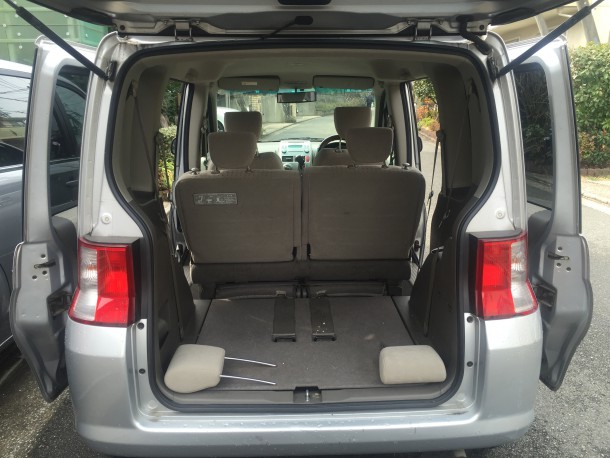
On the road, the Mobilio’s 1.5-liter VTEC moves the diminuvan along well. I’ve had it on the expressway a few times and it moves right along at the 80 kilometer-per-hour limit with few problems. On steep hills, there is always plenty of power on tap and the car moves out with little difficulty, despite the fact it is toting around my corn-fed American ass, my wife (who is quite petite) and our three progeny in various sizes aged 4, 6 and 9. Around town, the Mobilio is good on gas and I only fill the roughly 8 gallon tank about once a month.
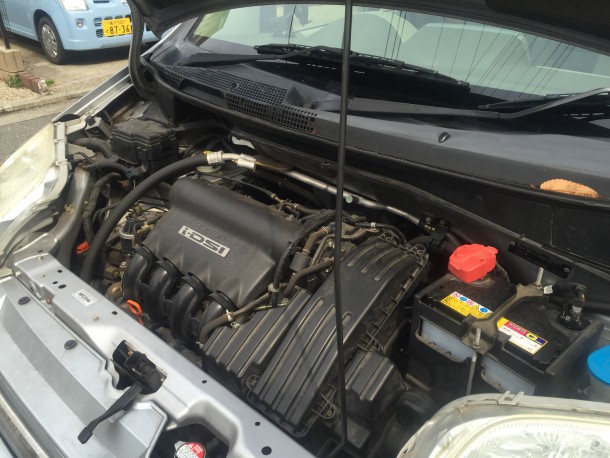
I am also satisfied with the safety the Mobilio offers. While I have some reservations about having the kids in the very back of the car (the rear jump seats are just inches from the rear hatch), I’m assured by Wikipedia that the car was designed with strength in mind and will do fairly well in a low- to mid-speed collision. According to that article, Honda’s internal vehicle-to-vehicle testing program pitted the Mobilio against a car weighing two tons and found it safe for full frontal collisions of up to 55 km/h and for rear-end accidents with impacts up to 50 km/h. I feel confident that my loved ones are about as protected as they can get in any small Japanese car given that the fastest road around our house is just 40 km/h (25 mph) — knock on wood.
Like any used car though, I must admit my experience with the Mobilio hasn’t always been beer and skittles. Despite the fact that it’s in surprisingly good condition for its age, it’s still 13 years and wears 70,000 kilometers of use on its odometer; it has not been entirely without its problems. A slight judder that I had paid no attention to during the test drive caught my attention a week or two after I took over the car’s ownership, and I decided it was something worth researching. After looking at several Honda specific forums, I found that this slight judder, which only seemed to occur when I was starting out from a dead stop, was common to Honda’s CVT automatics and could be an indication of a failing clutch pack.
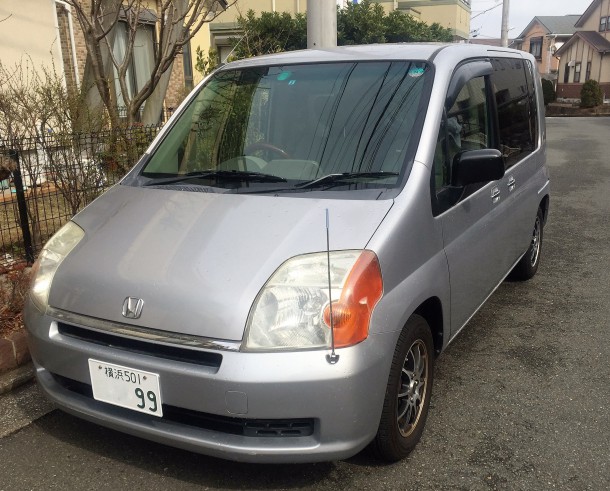
My local dealer confirmed my concerns were real and that, although Honda had increased the warranty to cover the problem, my car was far too old to be included. The news wasn’t all bad, however. My technician told me that the problem wasn’t always the clutch packs and, if it was caught early enough, there was a chance it could be resolved with a transmission flush and filter change. I decided to go ahead with the flush and, around two hours and $200 later, I had my car back. The difference was immediately noticeable. Today, around 1,000 miles later, the juddering starts have not returned. I still worry, of course. But that may be because I’ve been burned by more than my fair share of bad transmissions.
Our Mobilio’s other major problem was water in the interior. It started with a squishy, wet driver’s side floor mat and ended up with me tearing apart the interior of the car three or four times. I started with the obvious — the heater core and the ventilation ducts — and eventually ended up pulling out the carpet and cutting away the padding until I found that the rubber grommet that plugged the gap where the lower part of the steering column passes through the firewall had come undone. Some quick work with a pair of needle nose pliers put it back into place. Since then, the car has been water tight.
Although it is not the truly classic Japanese iron I had hoped to purchase, I find myself greatly satisfied with our little Mobilio. It has some years on it and has required some tinkering (something that has been both frustrating and fun), but in general it seems to be a solid and reliable little car. It’s obvious to me that Honda thought long and hard about the design and, even today, its thoughtfulness comes shining through. That makes this little car a classic if a different sort — the kind I can live with.
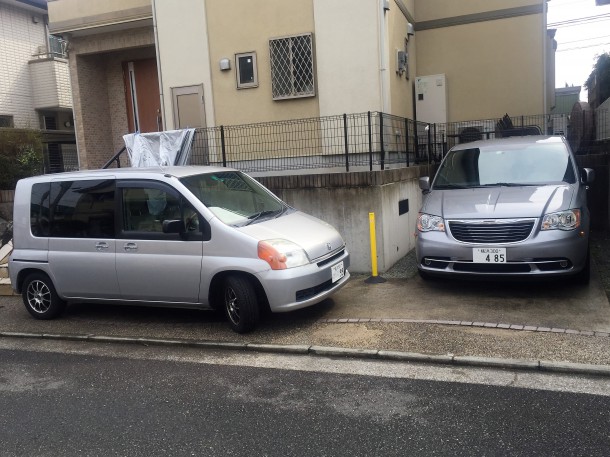
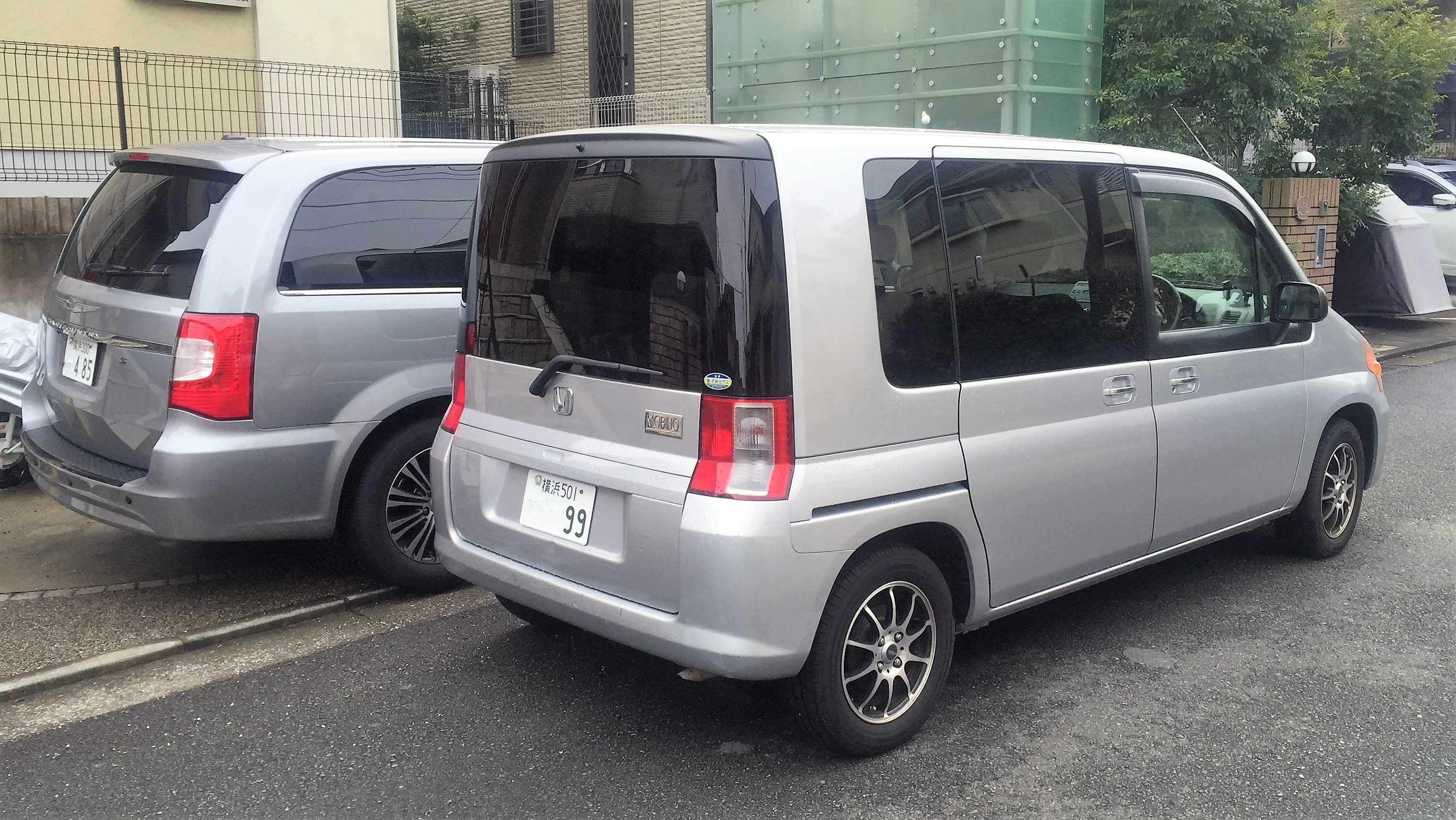

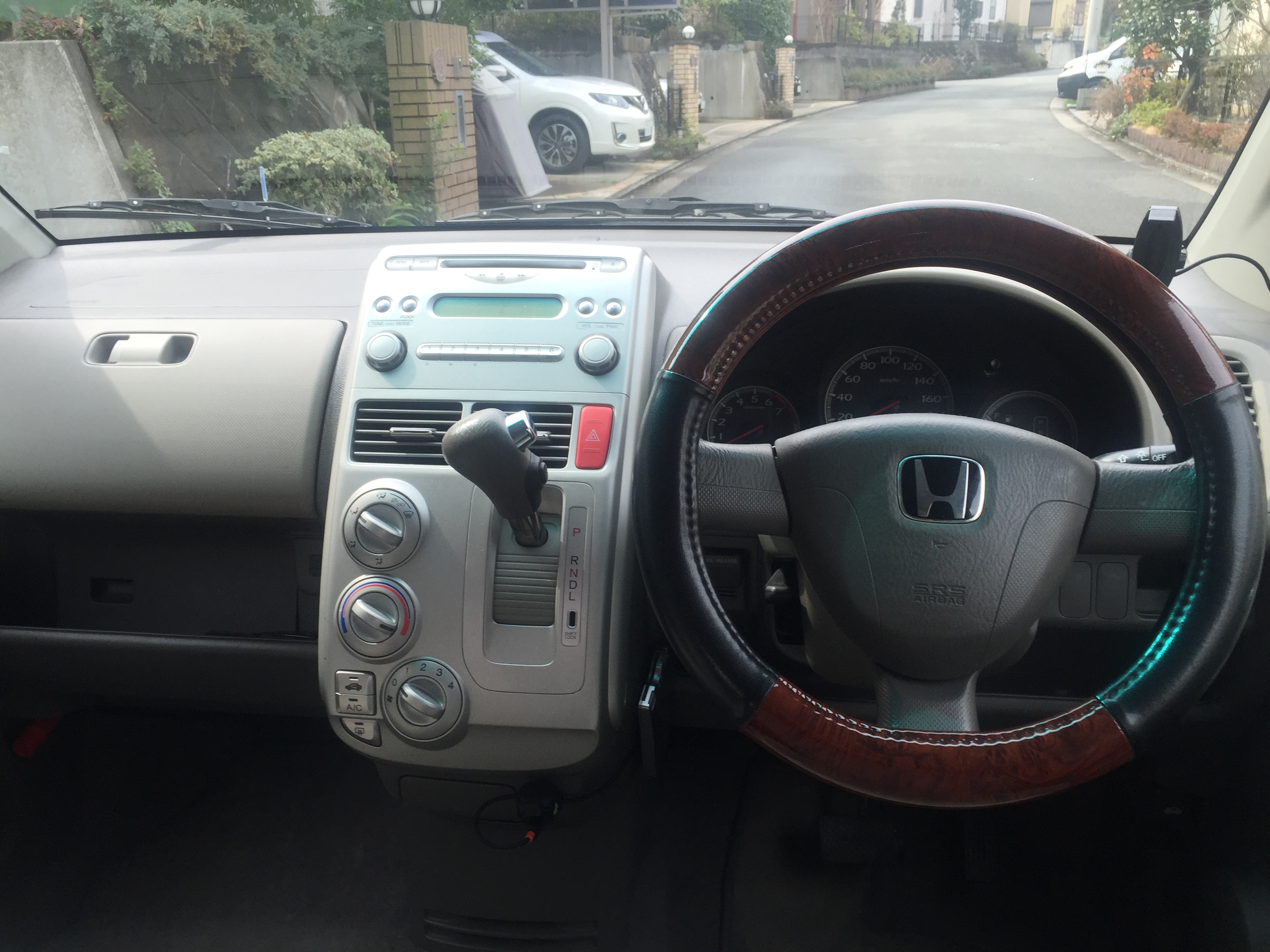





.gif)


That is a cool little car. Reminds me of a cross between a Scion xB1 and Ford Transit Connect.